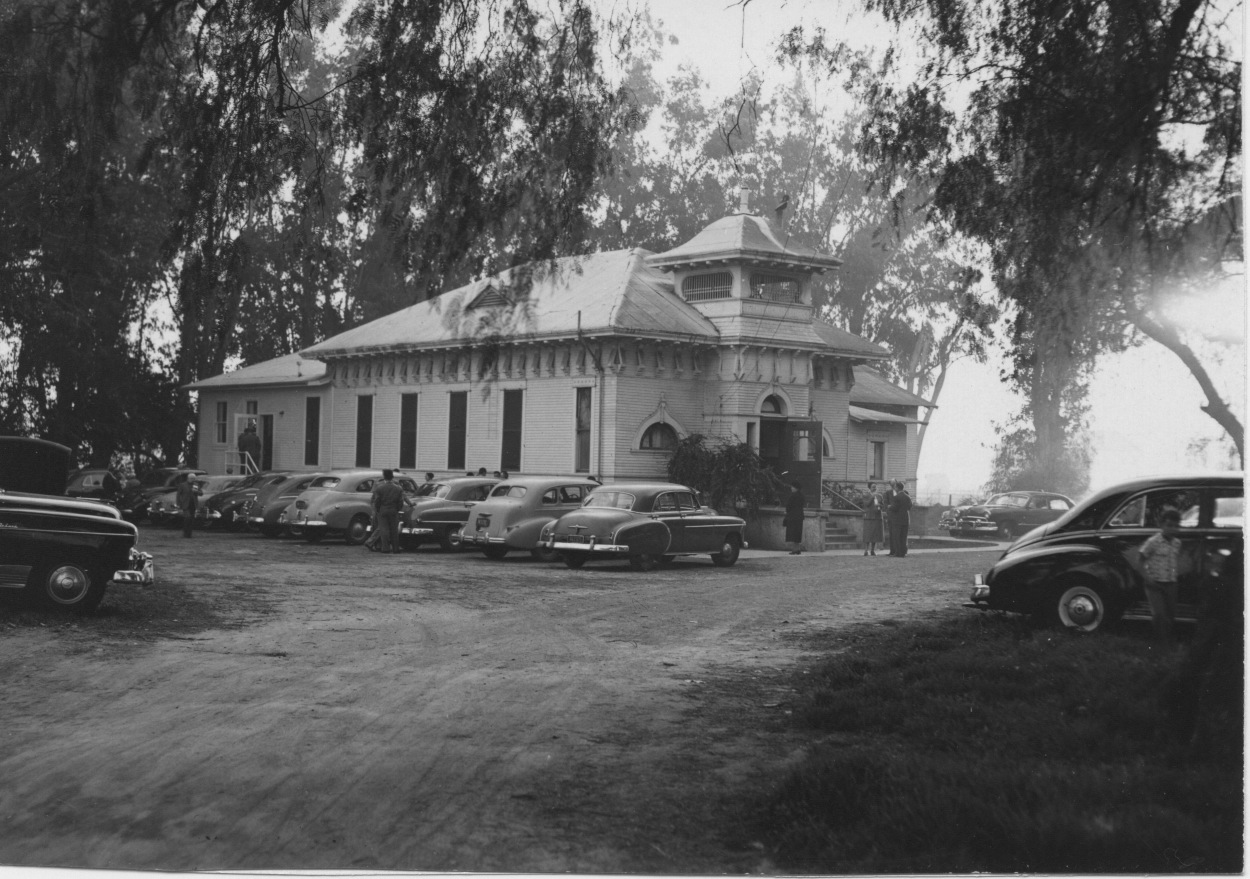
I’ve spent most of this week considering the Brethren in Christ theology of the church, in the last of the Core Courses required by the Brethren in Christ denomination. So it’s entirely appropriate that today’s Photo Friday post focus on a local body of committed, converted believers — the core component of our ecclesiology.
In fall 2013, Gateway Community Church — a Brethren in Christ congregation in Chino, California, just east of Los Angeles — celebrated its centennial anniversary. (We reported on this event here.) That congregation’s early twentieth-century history takes center stage in today’s Photo Friday post.
More on the early history of the Chino Brethren in Christ congregation, after the jump.
The body of believers that would eventually come to found the Chino church began meeting in 1913, at the intersection of Edison and San Antonio Avenues in Chino. Back then, the West Coast town had about 1,500 residents. Many were Brethren in Christ, who had come to the Inland Empire region in search of agricultural opportunities. They initially established a worship gathering in nearby Upland, but decided by the early 1910s to spread out. Their connections with other Protestant para-church groups — including, as outlined below, the American Sunday School Union, a nondenominational agency founded in the early 19th century to establish Sunday schools for various Christian churches — led to the extension of their witness.
Churchman and historian Paul Engle recorded the early history of the Chino congregation in his 1979 booklet Planting and Growing: An Historical Sketch — Pacific Conference of the Brethren in Christ Church. He writes:
The congregation in Chino began as a Sunday school under the direction of the American Sunday School Union with the Upland Brethren in Christ supplying ministers for preaching services. Sophia Shaefer Lako was the first Sunday School superintendent and served for many years. In 1921 the Brethren in Christ bought the East Side School House where they were meeting and administered the work. . . .

In partnering with the American Sunday School Union (ASSU) to establish a thriving “Sabbath school,” the Brethren in Christ were like many other “mainline” denominations of their day: Baptist, Presbyterian, Methodist, and others. For years, the ASSU had focused on building up interdenominational Sunday school programs and then turning them over to established denomination-led congregations for further growth and development. So when, in the early 1920s, the Brethren in Christ of Southern California bought the school building and assumed administrative responsibility for the institution, they were actually a bit ahead of their eastern sisters and brothers — more willing to work with those “outside the Brethren fold” in advancing congregational ministry.
Engle continues:
The building was dedicated in 1922 and both membership and Sunday school attendance increased. Members from Upland aided in the Sunday school work. At first the membership averaged around 25, but by 1950 it had increased to around 60. During this time the school house had been renovated to better accommodate the Sunday school and in 1956 a commodious parsonage was built.
The congregation had outgrown its facilities by 1963 and a new church was built on land donated by the Schaefer family, located on Schaefer Avenue, on the outskirts of Chino. The parsonage was added in 1965. At the end of 1978 the Chino congregation had grown to membership of 110 and a Sunday school attendance averaging 108. Later an education facility and a fellowship hall were added giving the Chino church a valuable and attractive facility.
You can learn more about the congregation — and the other Brethren in Christ churches in Southern California — by reading Engle’s complete account, available at the Brethren in Christ Historical Library and Archives.
